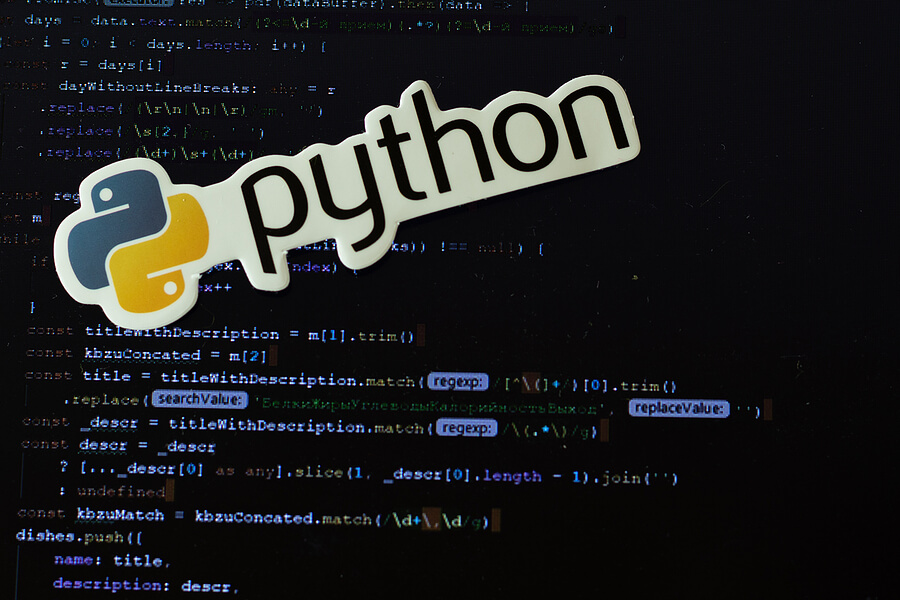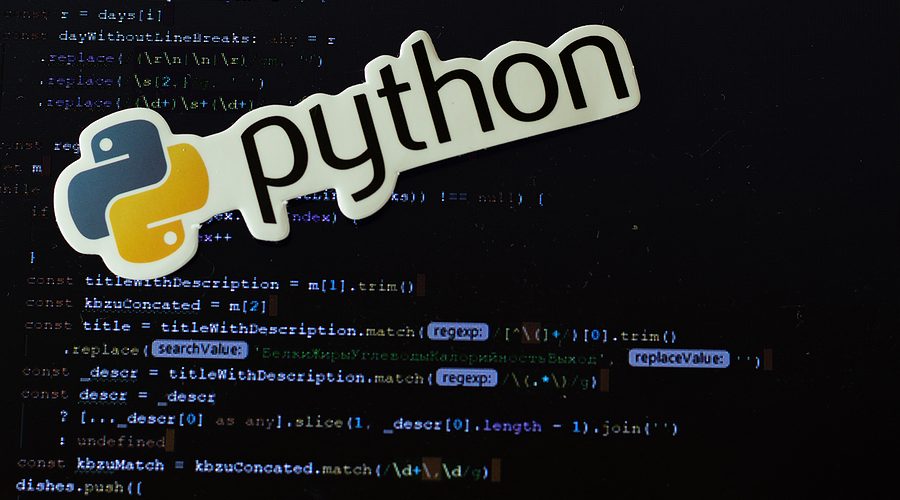
Although the web development industry is relatively new in comparison to most other industries based on the fact that it only gained popularity 3 decades ago the web industry is not just the fastest growing industry, but also the most profitable. The selling point of this industry was, is and always will be the abundance of information that it makes available to just about anyone, anywhere at any time. From a statistical point of view the phenomenal growth of the industry is mind boggling as from just about a few hundred thousand websites in the early 90s to billions within 3 decades. This growth is attributed to the advancement of technology, population growth and the demand that comes from large businesses that intend to create a new platform to sell products and services to their customers. Web development in essence revolves around developing a website for the World Wide Web or a private network (intranet). The scope of web development includes the design of the web site, the content development, web server, client-side/server-side scripting and last, but not least network security configuration which is critical to e-commerce development. The process among web professionals basically involves writing mark-up and coding which requires web developers to be proficient in programming. There are many languages that web developers may utilise to develop a website and among the more popular programming languages is known as Python.
Web development programming languages are interpretable object-oriented, interactive programming language and considered to be one of the most popular among web development software that a multitude of developers use. Although Machine Learning Engineers and Data Scientists consider Python as the backbone tool for their initiatives the expansion of Python towards other areas such as Web Development, IOT and others is mainly due to the unique syntax of Python which makes it different from other programming languages. Although Python is considered as a beginner’s language due to its user friendliness, it is one of the world’s most popular coding languages that was conceptualised in the late 80s. Python has come a long way since its first release and became an open source project which has gathered a large, professional community that have been focused on constantly improving the language. Even companies such as Instagram, Spotify and Disqus depend on Python in their technology stacks which makes it evident that Python is adaptable to a variety of web projects regardless of how simple or how complex the project is. Different industries use Python due to its immense level of flexibility from travel to healthcare and from transportation to finance – Python offers the perfect level of solutions, never the less as it is with many other tools there are the negatives though not as much as the positives related to Python that must be taken into consideration prior to making the decision to use it. For instance Python is easy to use and read as it is based on Asynchronous Coding that has been established on a Less-Limited Programming Approach and yet offers Enterprise Application Integration. Python may be applied for not just Scientific and Numeric Applications, but also for AI, Application Scripting and Software Testing which makes it perfect for Prototyping. As for the negatives, there is an issue of True Multiprocessor Support limitations, Speed Limitations, not practical for Mobile App Development, has Design Restrictions and also found to be Not Ideal for Memory-Intensive Tasks. By the way, did you know that the name Python was based on the Monty Python Comedy group?





Add comment